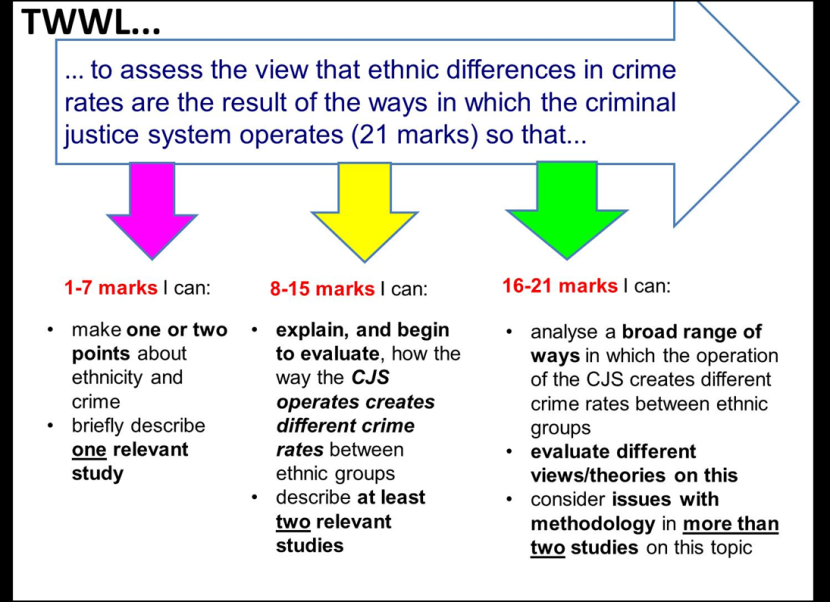Why?To raise achievement in my Year 12 and Year 13 classes, I knew that this year I needed to have an embedded exam focus in all my lessons and not just at the end of topics. At the same time, I also felt that the trend for differentiated learning objectives that are leveled or graded in every lesson was becoming meaningless for my students who knew full well that the learning that we were going to cover in a singular lesson would not mean that they were going to achieve a ‘C’ or ‘B’ grade by the end of that lesson. My objectives needed to become SMART: measurable and achievable steps to success with a focus on practicing exam skills and demonstrating exam knowledge in every lesson.
Quick win – Differentiated Smart Objectives
Possible solution. SMART objectives: differentiated objectives that are set within an achievable context of progress towards full marks in a specific exam question by the end of the lesson.
Resources.
I adapted a lesson objectives template to refer to marks towards a specific exam question rather than overall grades as outcomes, using the mark scheme for that question to guide my wording, which allowed students to very clearly see the success criteria needed to achieve each progressive band of marks.
Outcome.
Students felt a real sense of success as suddenly they could very specifically measure their progress in the lesson and in real, achievable terms for that lesson, work steadily towards gaining increasingly more marks. The objectives were the launch pad for regular AfL opportunities – I kept returning to them and asking students how many marks they thought they had gained so far after the last activity and then saying to them ‘prove it’. This then led into lots of self and peer assessment opportunities where students used different coloured highlighters to highlight evidence of where they were picking up the marks for different skills or knowledge in their work, and we could then discuss what the colour patterns of their highlighted work revealed about where they were not picking up the marks. By the end of the lesson, students were very confident about how to gain full marks for that question and able to reflect well on what had held them back from gaining full marks. The next lesson then looks at a different exam question but covering the same topic so students have the opportunity to repeat this pattern of learning over again and secure higher marks after reflection from the first time around.

